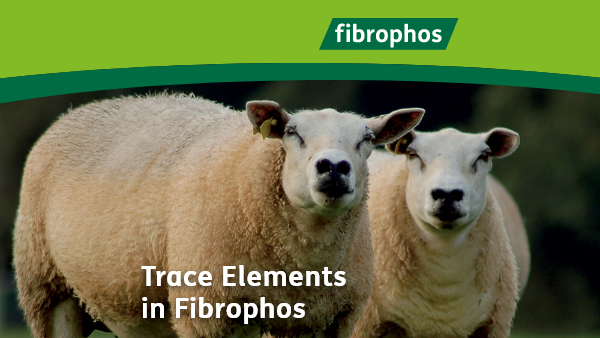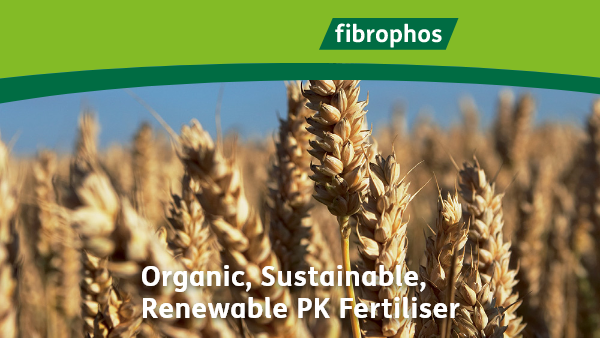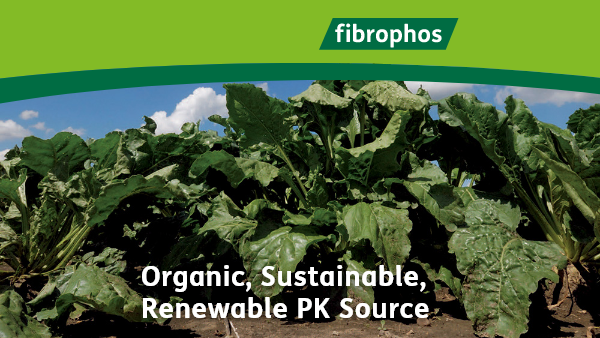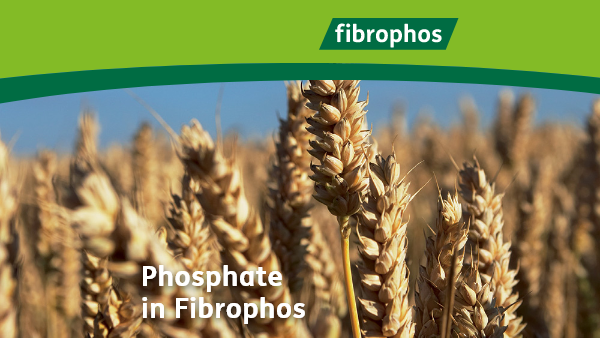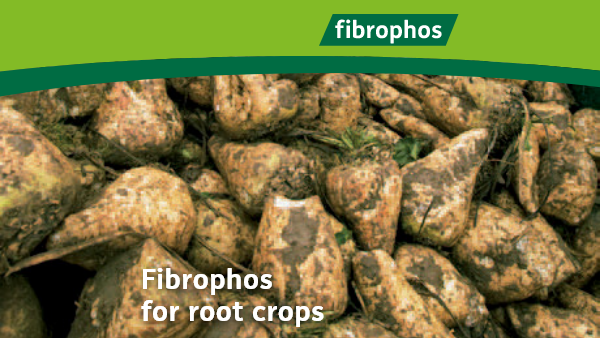Fibrophos is an environmentally friendly, renewable PK fertiliser consisting of phosphate, potash, sulphur, magnesium, calcium, sodium and significant quantities of essential trace elements required by crops and grass to achieve high yields.
Fibrophos provides P&K in both immediately available and long lasting forms, providing available plant nutrients throughout the growing season and also replenishes nutrients removed to improve soil fertility.
Fibrophos recycles nutrients removed from agriculture back into agriculture so reduces amounts of nutrients mined and the environmental costs of transporting them.
The type of potash and magnesium contained in balance reduces risk of grass staggers. Fibrophos contains calcium and sulphur, so helps maintain pH & soil structure, maximises the uptake of nitrogen and improves protein synthesis. Sodium will improve the palatability of grass and help maintain healthy pastures.
Trials have shown uptake of magnesium better with Fibrophos than where TSP and MOP applied.
For more information and FAQs see the Fibrophos Handbook
